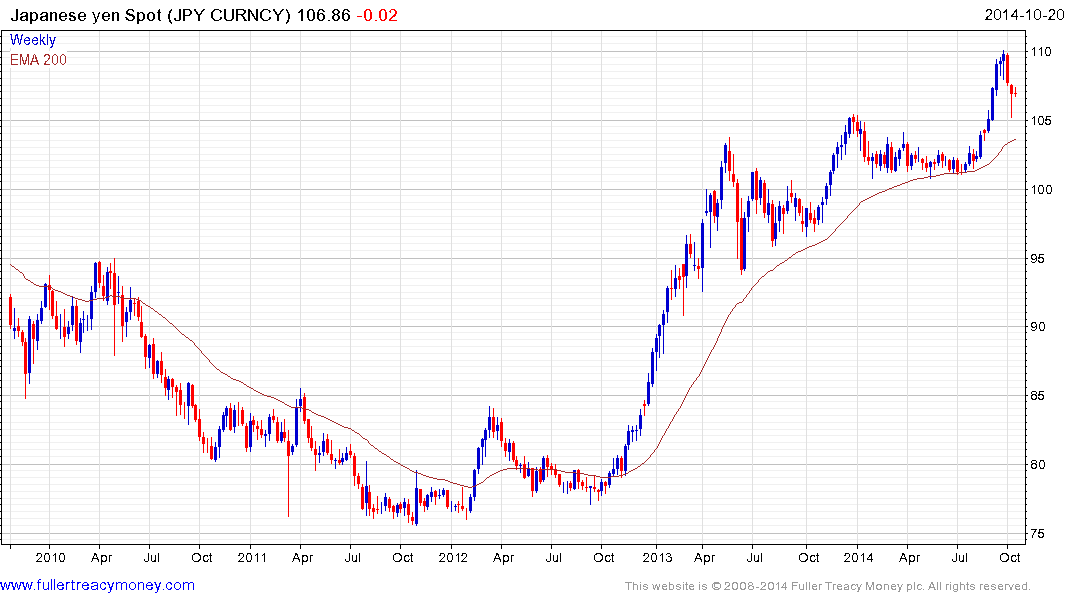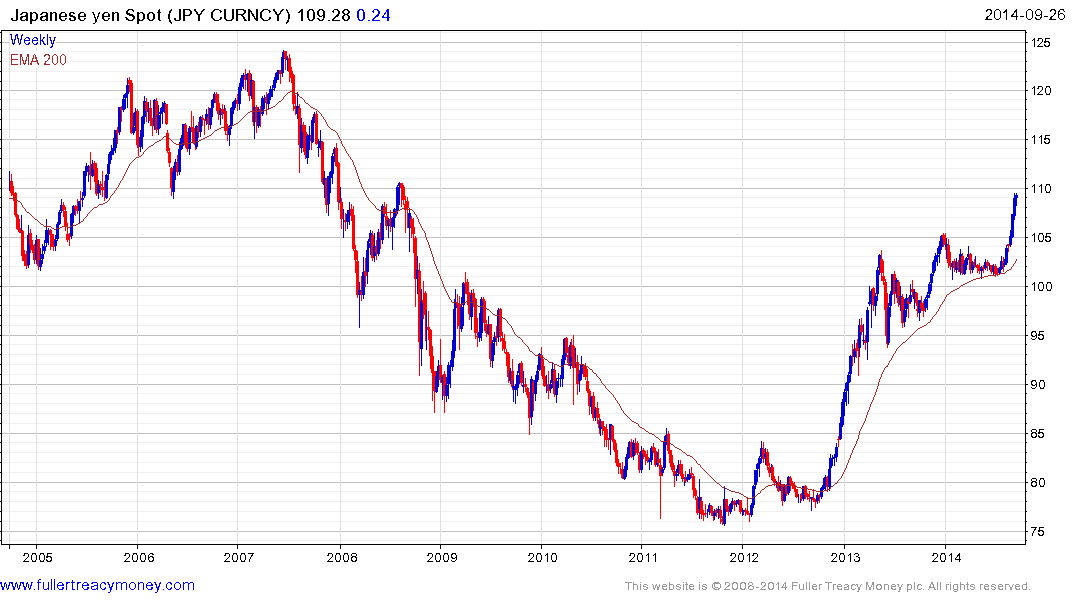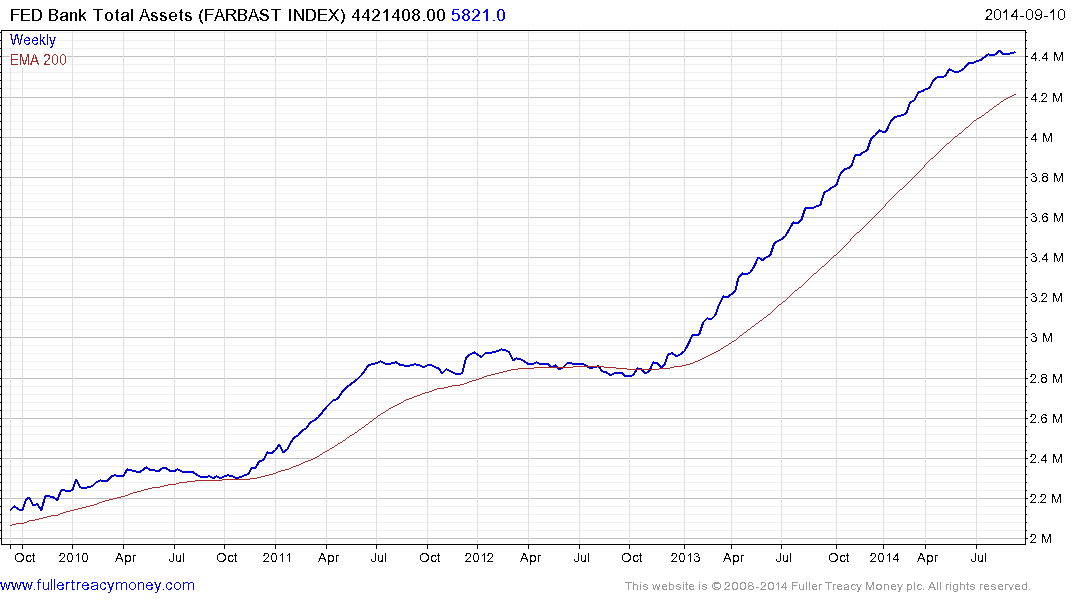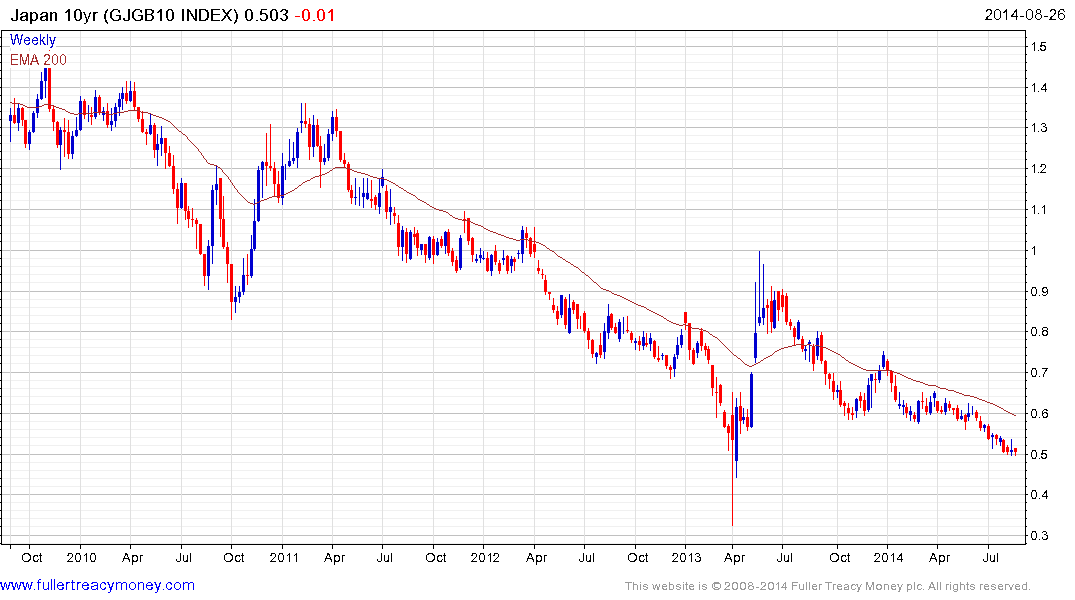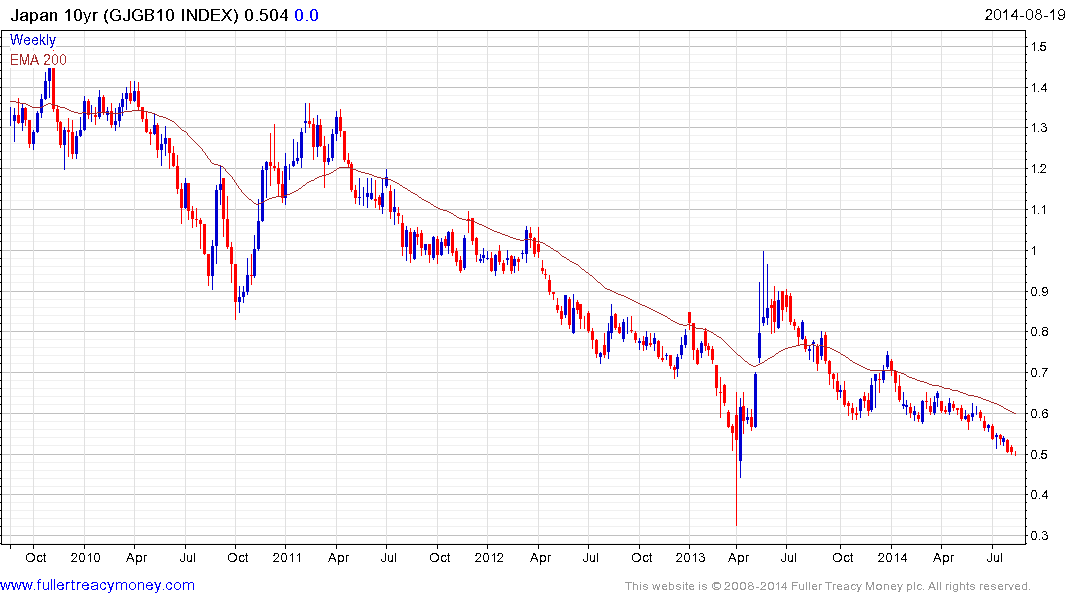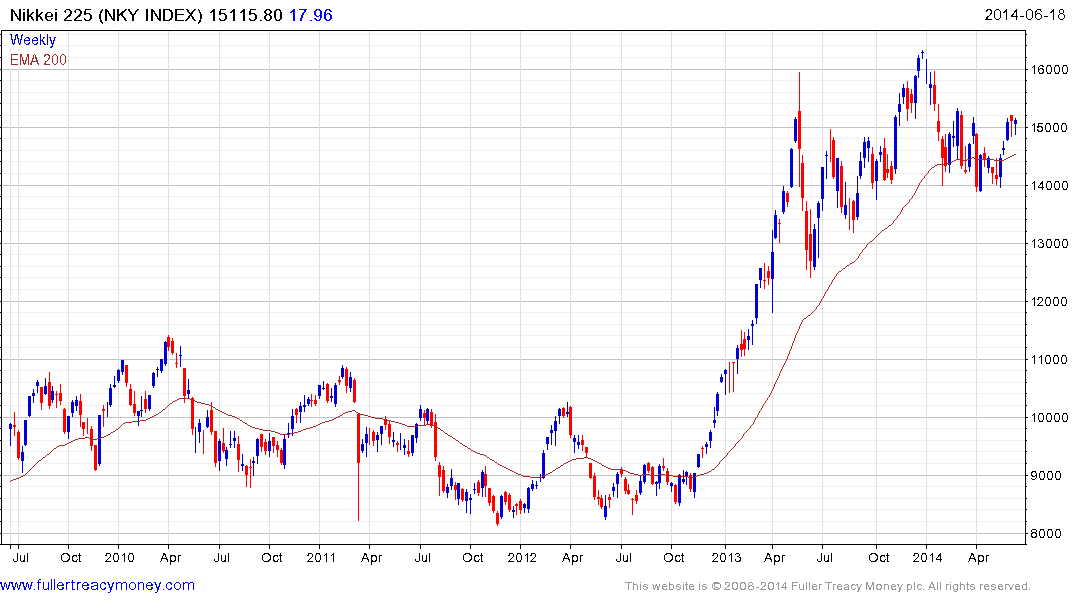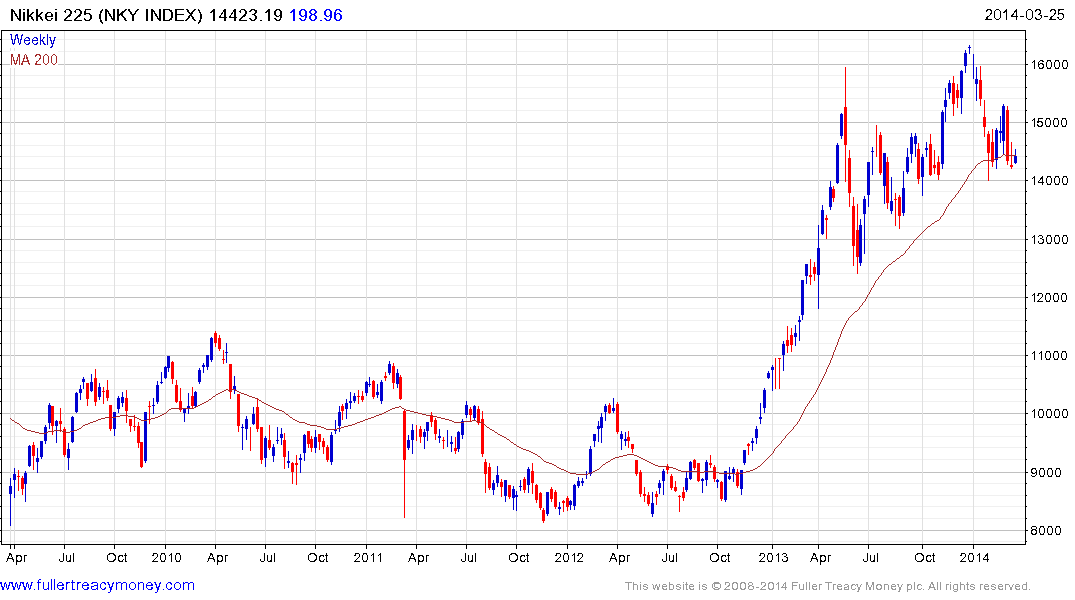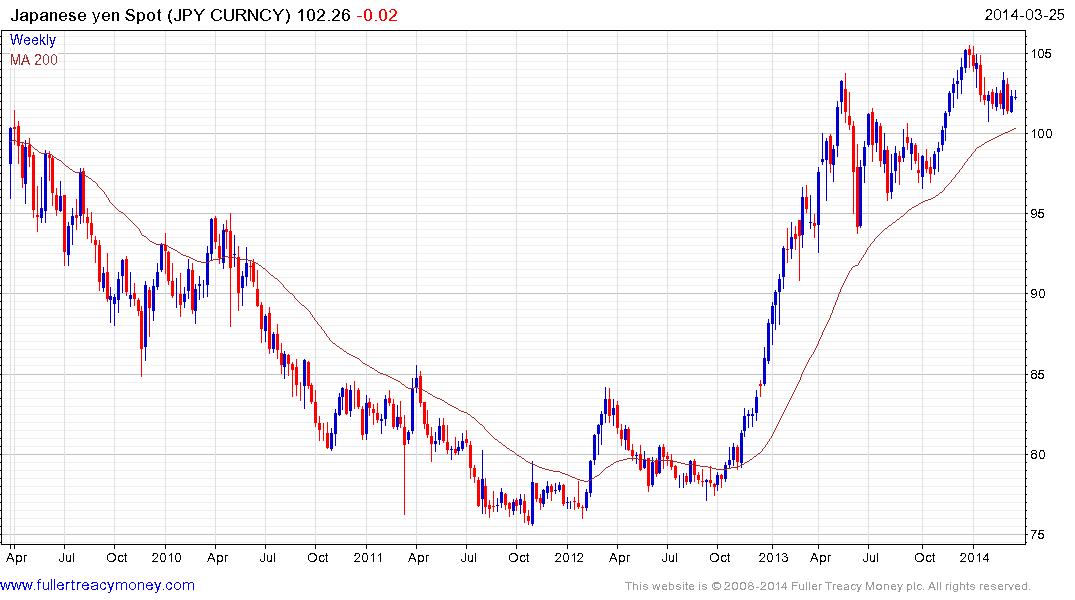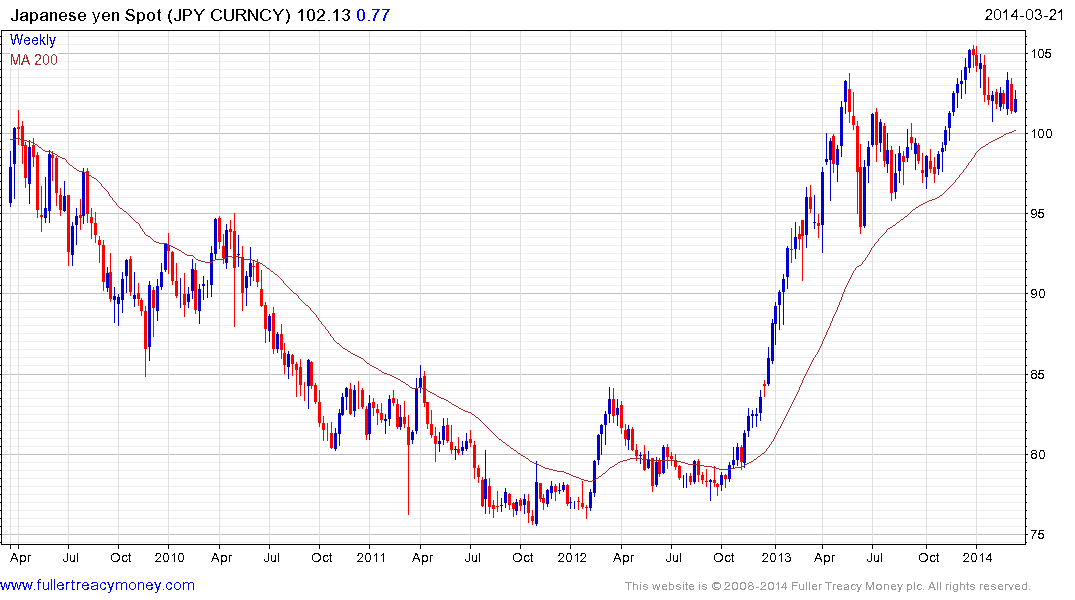Asia is on the cusp of a full-blown arms race. The escalating clash between China and almost all its neighbours in the Pacific has reached a threshold. All other economic issues at this point are becoming secondary.
Beijing's implicit threat to shoot down any aircraft that fails to adhere to its new air control zone in the East China Sea is a watershed moment for the world. The issue cannot easily be finessed. Other countries either comply, or they don't comply. Somebody has to back down.
The gravity of the latest dispute should by now be obvious even to those who don't pay attention the Pacific Rim, the most dangerous geostrategic fault line in the world.
Japan's foreign minister, Fumio Kishida, accused China of "profoundly dangerous acts that unilaterally change the status quo".
The US defence secretary Chuck Hagel called it "a destabilising attempt to alter the status quo in the region" and warned that the US would defy the order. The Pentagon has since stated that US pilots will not switch on their transponders to comply, and will defend themselves if attacked. Think about this for a moment.
Mr Hagel asserted categorically that Washington will stand behind its alliance with Japan, the anchor of American security in Asia. "The United States reaffirms its long-standing policy that Article V of the US Japan Mutual Defense Treaty applies to the Senkaku Islands," he said.
Whether China fully believes this another matter, of course. The Senkaku islands offer a perfect opportunity for Beijing to test the resolve of the Obama Administration since it is far from clear to the war-weary American people why they should risk conflict in Asia over these uninhabited rocks near Taiwan, and since it also far from clear whether President Obama's Asian Pivot is much more than a rhetorical flourish.
Besides, Beijing has just watched the US throw its long-time ally Saudi Arabia under a bus over Iran. It has watched Moscow score an alleged victory over Washington in Syria. You and I may think it is an error to infer too much US weakness from these incidents, but that is irrelevant. Beijing seems to be drawing its own conclusions.
Even if the immediate crisis can be defused, we are clearly sliding into a new Cold War. While it is dangerous, it could have paradoxical and powerful side effects. Rearmament lifted the world economy out of slump in the late 1930s, working as a form of concerted Keynesian fiscal stimulus. It could do so again.

David Fuller's view - The world could certainly use a Keynesian stimulus, although most of us hoped that would be infrastructure redevelopment. However, China has already done that, although perhaps not to everyone's tastes.
I have been concerned for some time about what Ambrose Evans-Pritchard discusses in this excellent article. China is definitely the aggressor in the East China Sea. Its World War II resentment of Japan, while understandable, can also be politically expedient. Moreover, China will not welcome the economic revival and rearmament of its old enemy. China is also testing President Obama. Additionally, due to its disastrous one child policy, China has a growing social issue with over 30 million excess males, who may be regarded as an expendable asset.
We should keep an eye on this situation because if it ever did go horribly wrong, the world's three biggest economies would be involved.
This section continues in the Subscriber's Area.
Back to top
